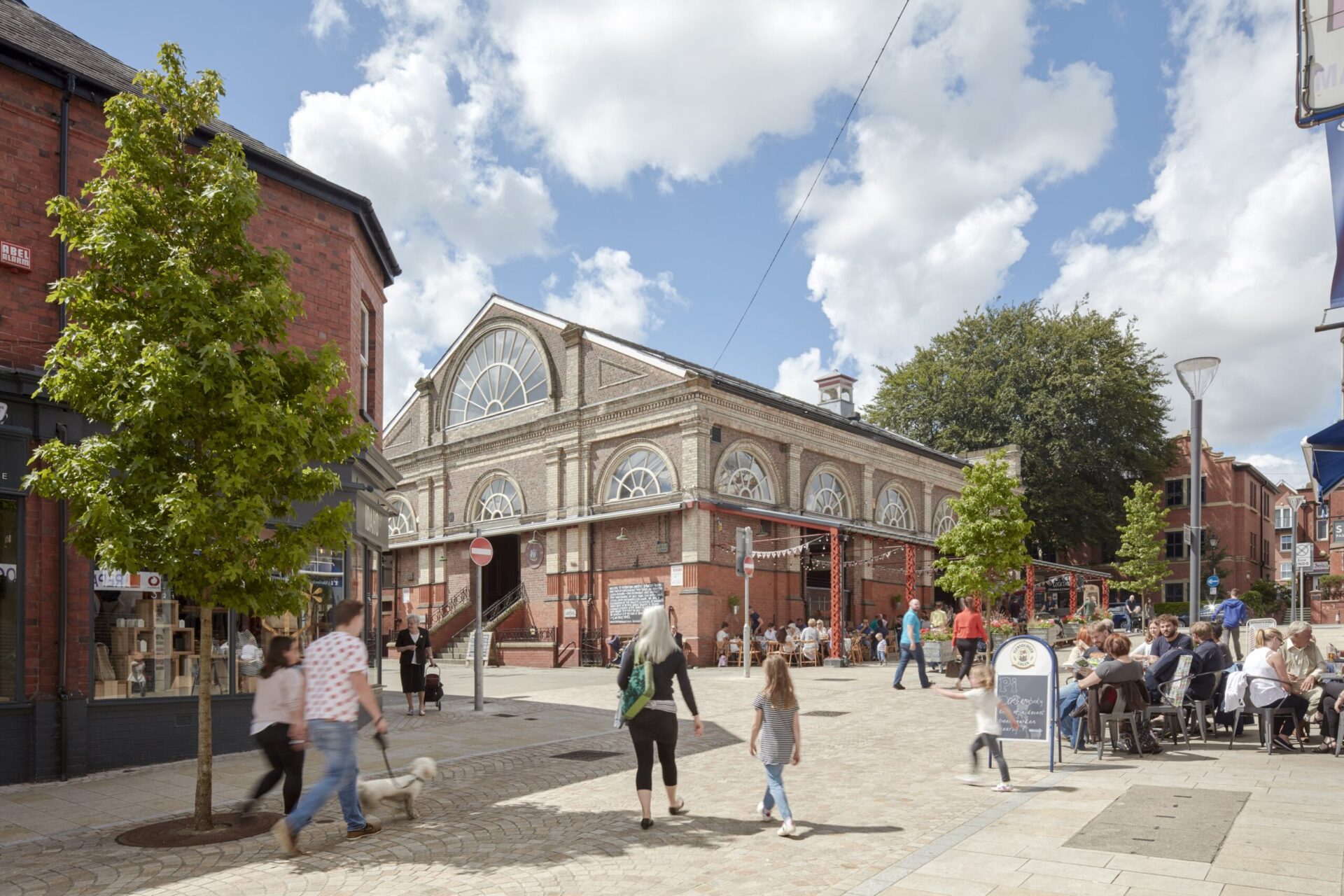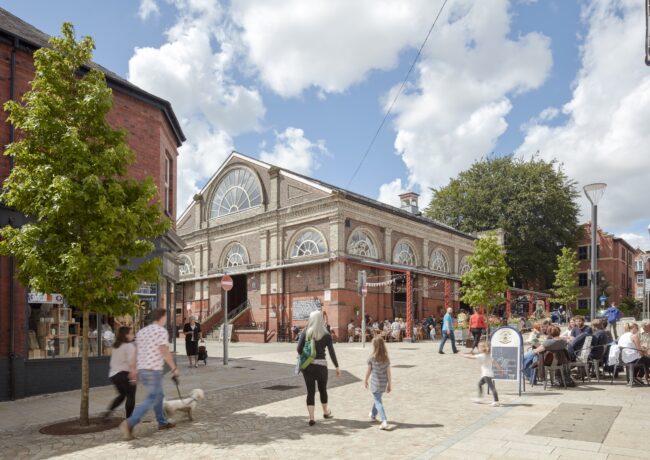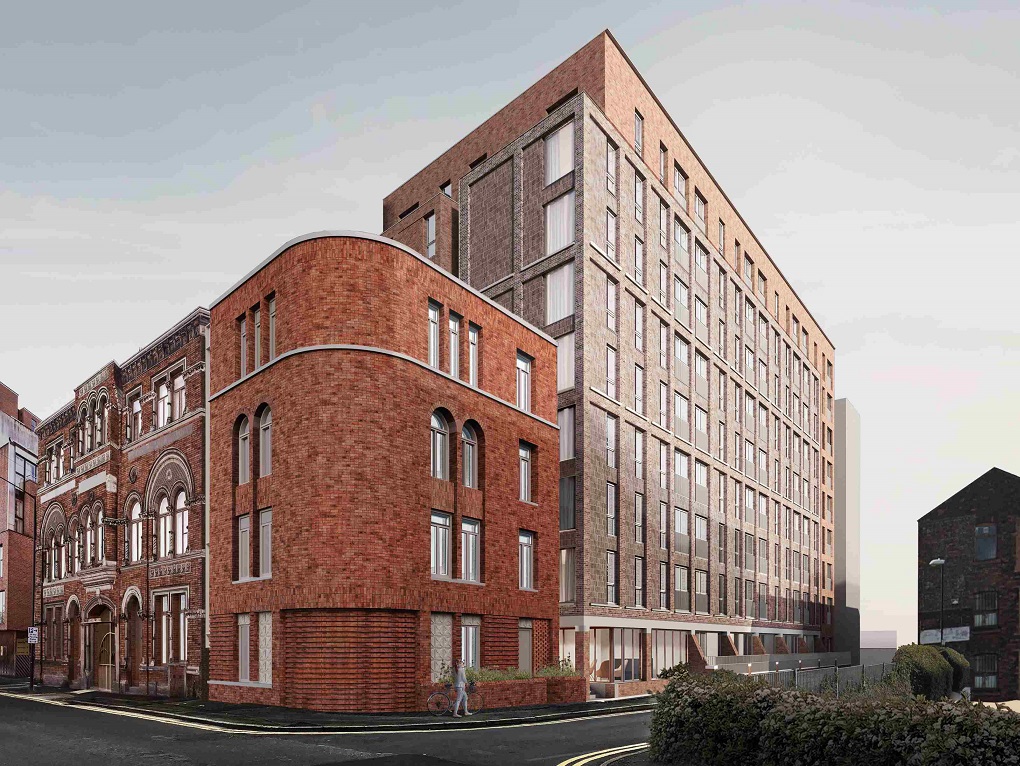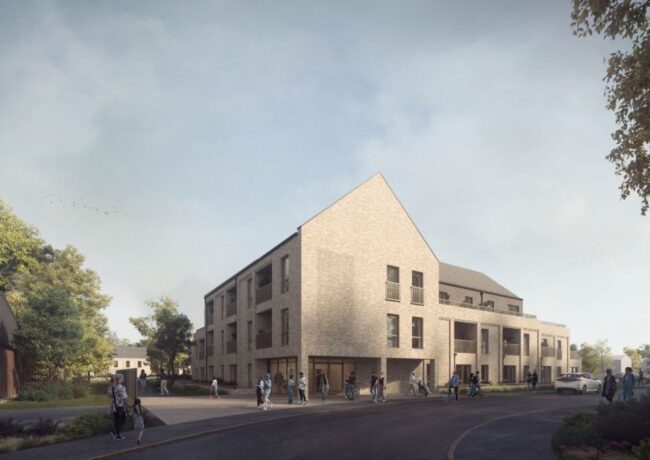RESOURCES | Reflections on Greater Manchester’s first Green Summit

Altrincham Town improvement Phase 1
Cities are increasingly recognising the critical importance of green and blue infrastructure and the beneficial impact it has on the lifestyles of their citizens, the commercial benefit to their economies, the attraction of inward investment and the alignment with international and European regulatory commitments, writes Stephen O’Malley of Civic Engineers.
In the face of such change, Greater Manchester, through the office of Andy Burnham as Mayor of the Combined Authority, have made the progressive decision to embrace this agenda through its policy framework to help make Manchester a leading Green City Region.
This has been captured in a redrafting of the Greater Manchester Spatial Framework, informed by a variety of renewed research and investigation programmes, one of which was the hosting of a Green Summit held last week in Manchester. The Green Summit was one of the first steps in helping to set a new environmental vision for Greater Manchester and an accelerated ambition for tackling climate change.
The oversubscribed summit hosted over 600 delegates, selected from applications of those with expert knowledge in related fields. The summit was opened by Andy Burnham, stating that this was a new way to do politics and one that focused on meaningful engagement. This was reinforced by the fact that he remained available for the full days programme. He was ably supported by Cllr Alex Ganotis, Leader of Stockport MBC and Green City Region Portfolio Lead.
The day saw best in class speakers covering a broad range of carbon and climate responsible presentations. There was opportunity for real feedback, debate and contribution. On the whole, it was a very well executed day, with real engagement on offer.
Of the many core themes, the need to break down barriers across the topics of natural capital, buildings and transport came out as real priorities. We know from our work on ‘SuDS for London – A Guide,’ that we co-authored for Transport for London, that these issues need to be wholly integrated and founded on reliable metrics to ensure that a sound business case can be developed. This allows agencies and businesses to economically justify ambitious projects that will deliver real change. These are lessons that we have invested in our work in Altrincham, Glasgow, White Hart Lane London and Climate Innovation District, Leeds.
There can be no losers if we can create streets and cities with attractive spaces to spend time out of cars and if we can be confident that we can cycle across the city on safe networks, in landscapes that provide amenity and ecological habitat. If we can do this whilst simultaneously providing additional climate change resilience, through rain fall and heat absorption, we will ultimately improve the wholesale experience of the city for nature and all its inhabitants.
This is truly possible and we now have a real responsibility and opportunity, building on everything that was said in the Green Summit, to deliver this for Greater Manchester.
This article was originally published through Place Resources




